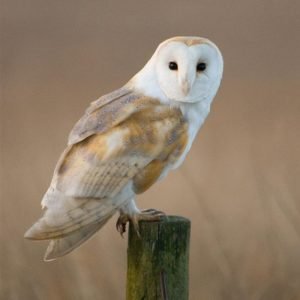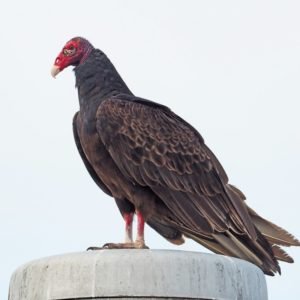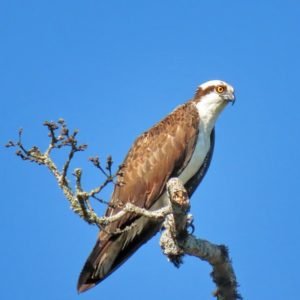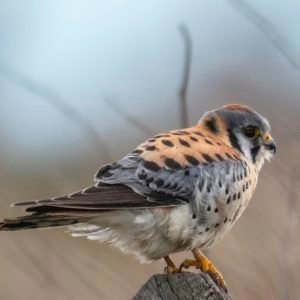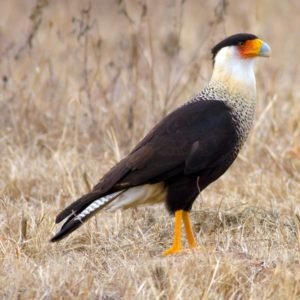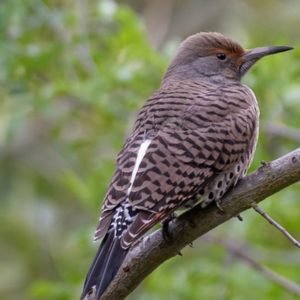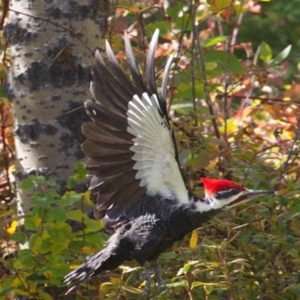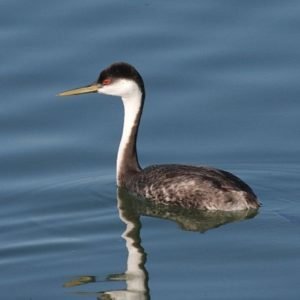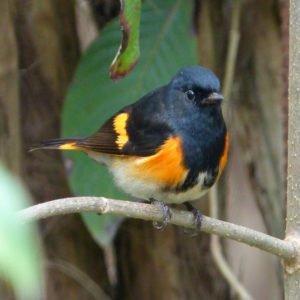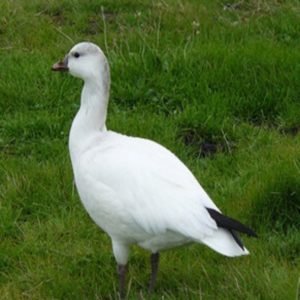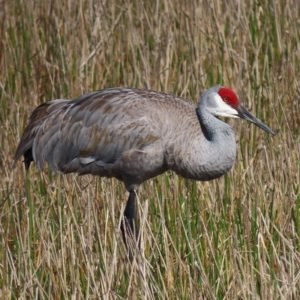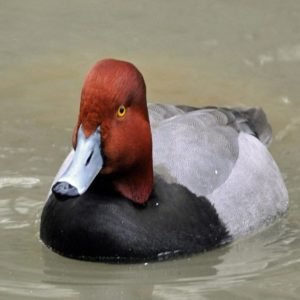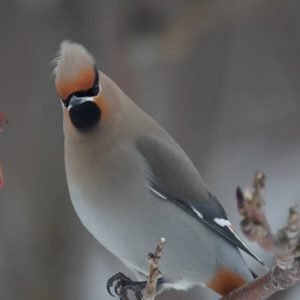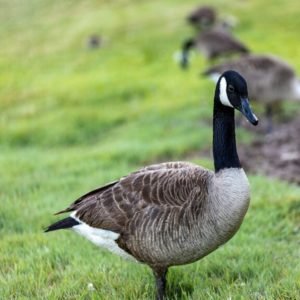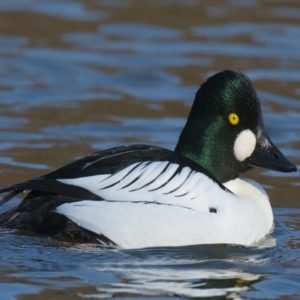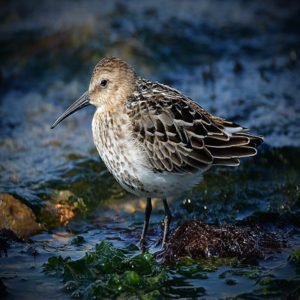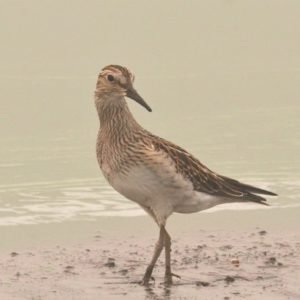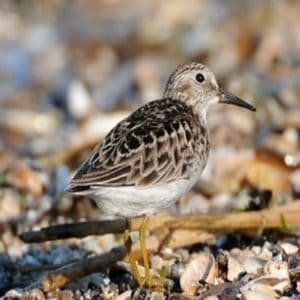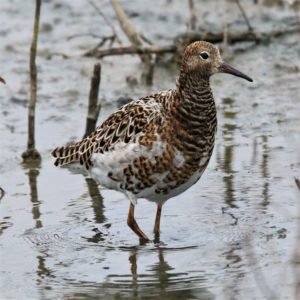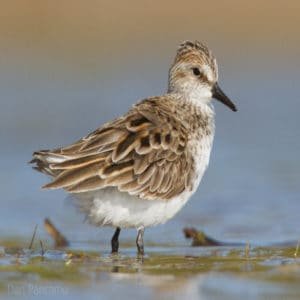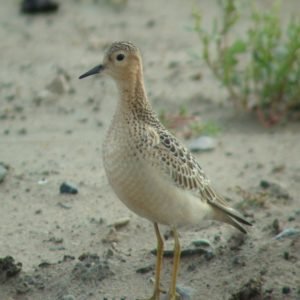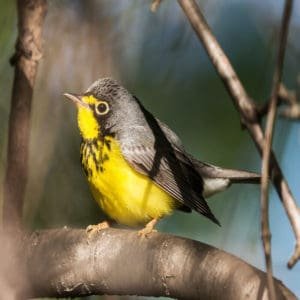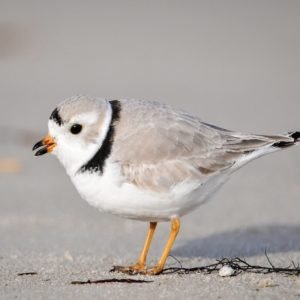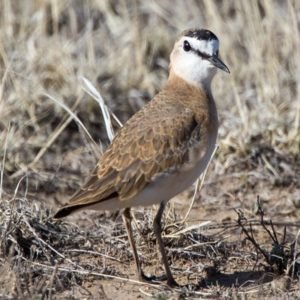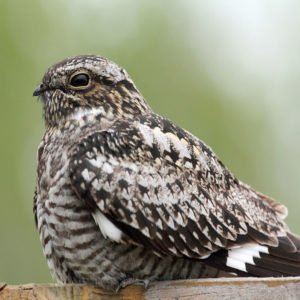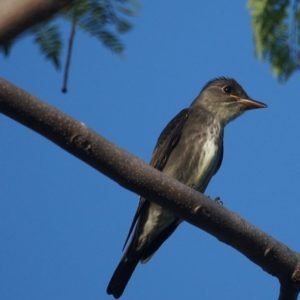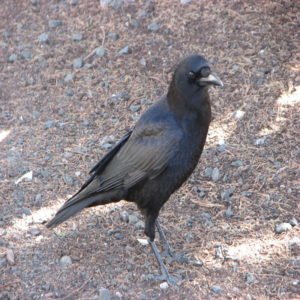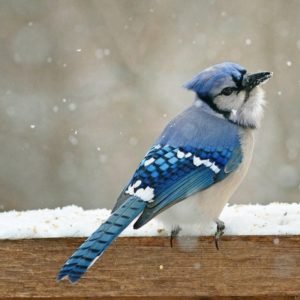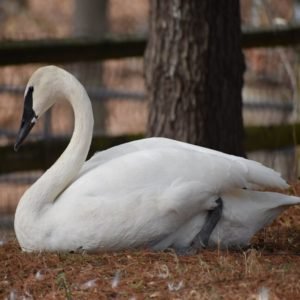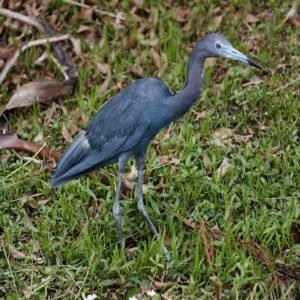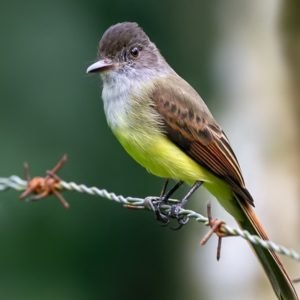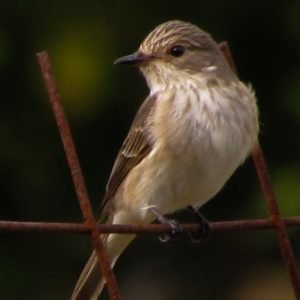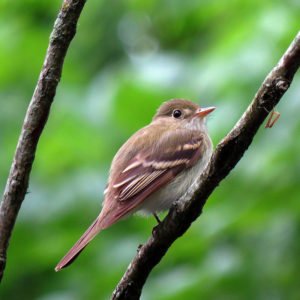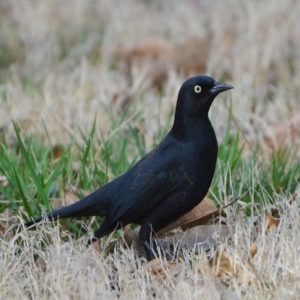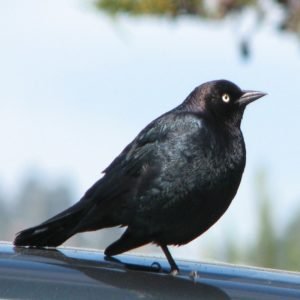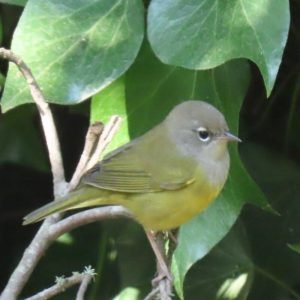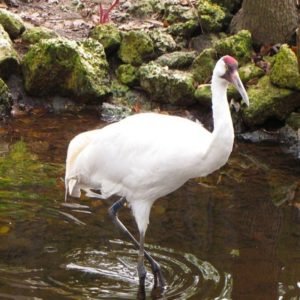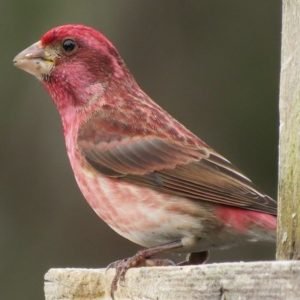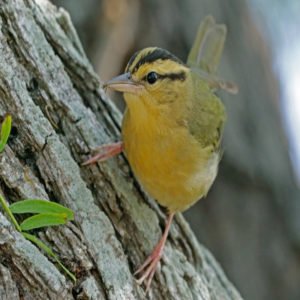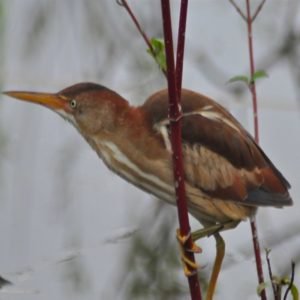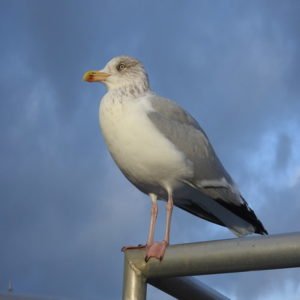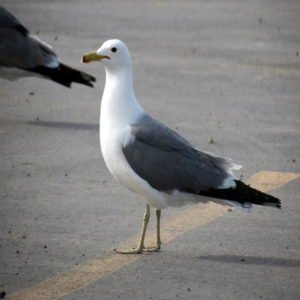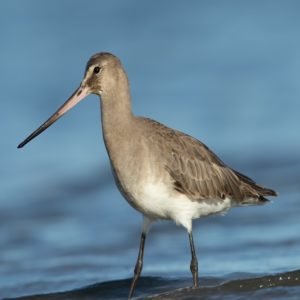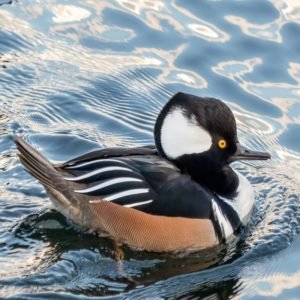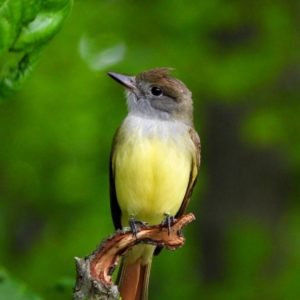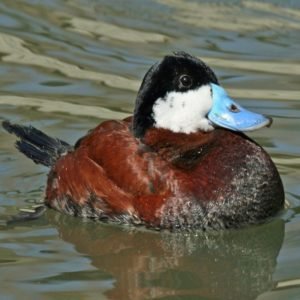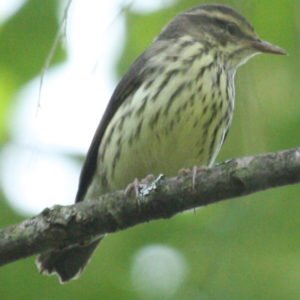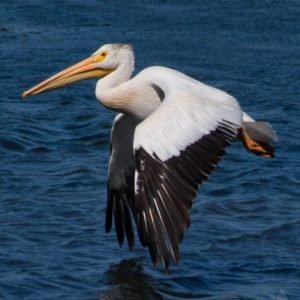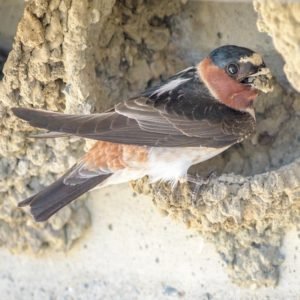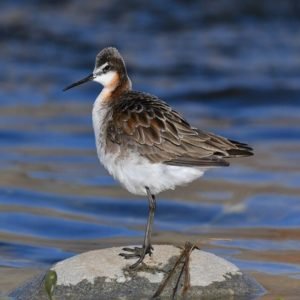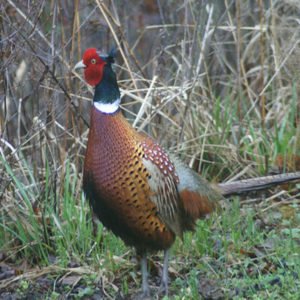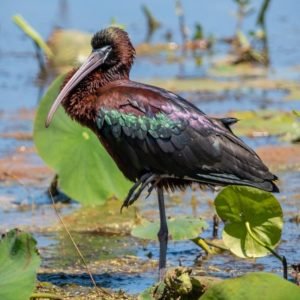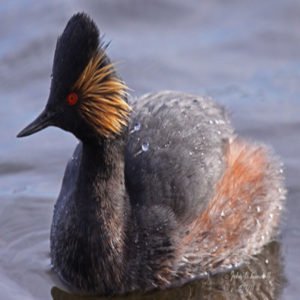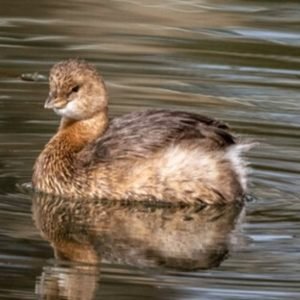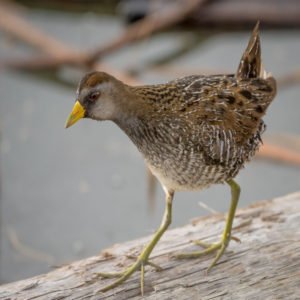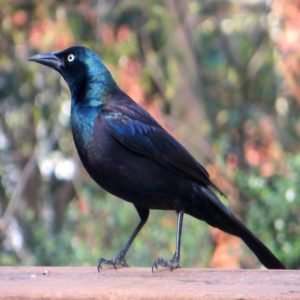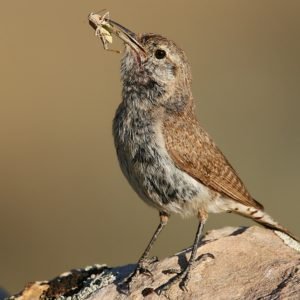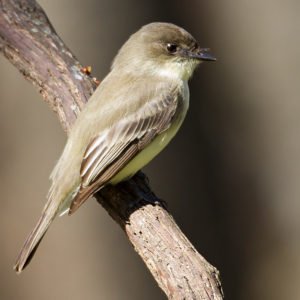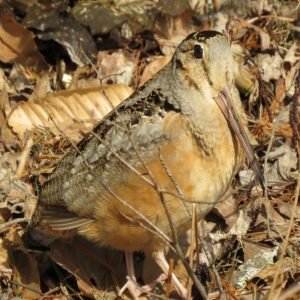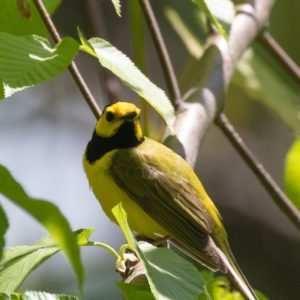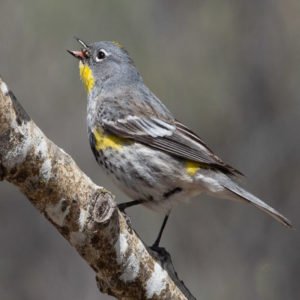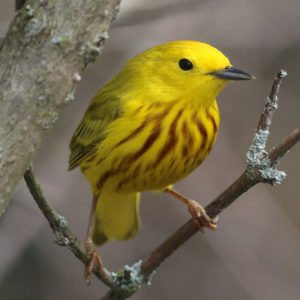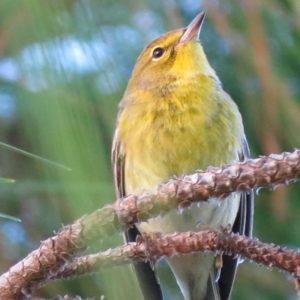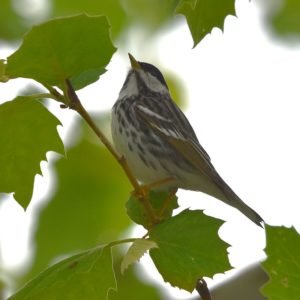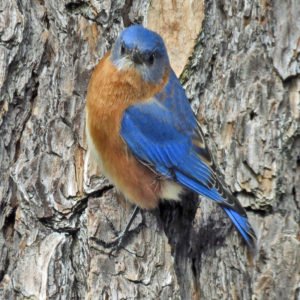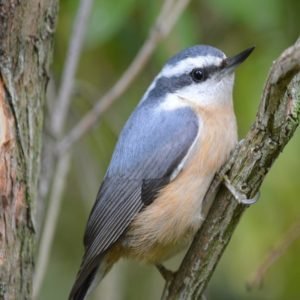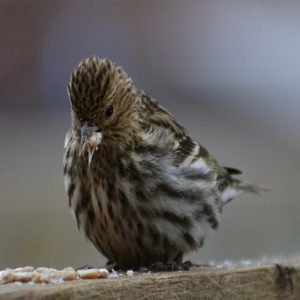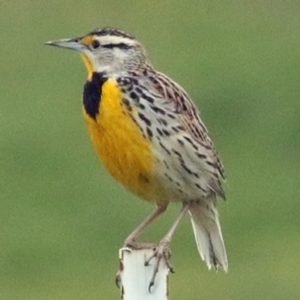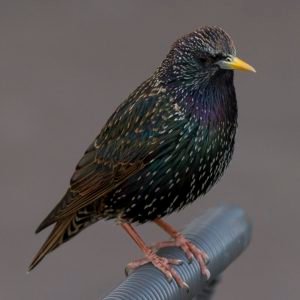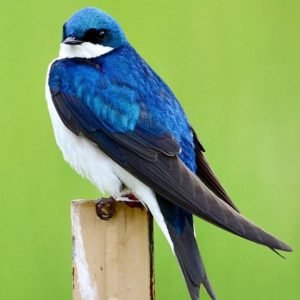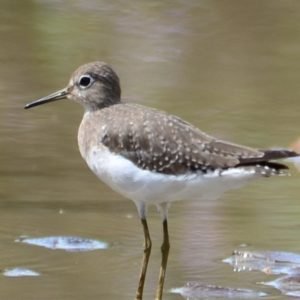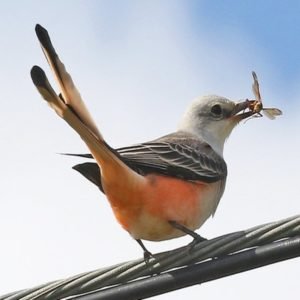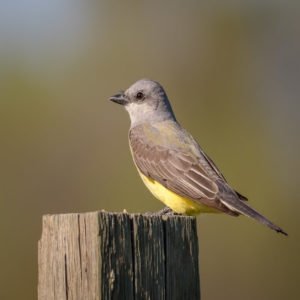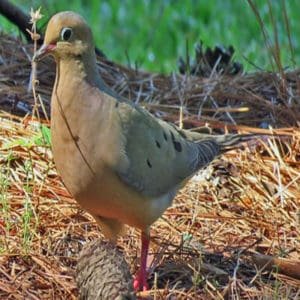The state of Nebraska is home to a variety of bird species. It is home to more than 465 different species of birds. Birds in Nebraska range from the more common American Robin to the less common Bullock’s Oriole. Nebraska’s official bird is the Western meadowlark, which was designated as the state bird in 1929. The Western meadowlark, a familiar songbird, is seen throughout Nebraska’s four seasons.
This list of Nebraska birds contains species that have been documented in the state of Nebraska and are recognized by the Nebraska Ornithologists’ Union (NOU). As of August 2021, the official list contains 465 species. 95 are classified as accidental, 19 as casual, two as extinct, and three as extirpated. In North America, four have been introduced.
This section is dedicated to assisting Nebraska residents and visitors in identifying and learning about the various bird species found throughout the state of Nebraska.
Nebraska birds of prey
Most rural Nebraskans would start with “chickenhawk,” which is a common colloquial name for practically any hawk likely to be observed around a farmyard. Or “buzzard,” which is a frequent name for the turkey vulture, a scavenger not officially classified as a hawk. Nebraska is home to 17 hawk species, two eagles, and eight owls.
These impressive-looking birds are collectively known as “raptors,” referring to their predatory abilities and strong, decurved, and pointed beaks. Because they hunt throughout the day, hawks and eagles are considered diurnal raptors, whereas most Nebraska owls are nocturnal. Some owls, like the burrowing owl, hunt during the day, while others, like the great homed owl, hunt at dusk and dawn.
As a result, raptors are likely to be active hunting at any time of day or night, and few Nebraska animals smaller than a deer or pronghorn fawn are safe from being identified and attacked by raptors.
Vultures & Eagles in Nebraska
In the Cornhusker State, winter is the greatest time to watch eagles. These magnificent birds migrate south along the waterfowl migration pathways. And, while eagles, particularly bald eagles, will hunt and eat waterfowl, they prefer fish.
We see both bald and golden eagles in Nebraska. With its white head and tail, an adult bald eagle is easily identifiable. Younger birds appear darker and more speckled. They are frequently confused with golden eagles.
Perhaps the greatest locations in Nebraska to observe eagles are the hydroelectric power stations in western Nebraska. Although the Missouri River is quite good, the best is found towards the west. Eagle viewing spots are available at Lake McConaughy and at the Central Nebraska Public Power and Irrigation District’s J-2 Hydro near Lexington.

Buteo Platypterus – Broad-Winged Hawk

Haliaeetus Leucocephalus – Bald Eagle

Accipiter Cooperii – Cooper’s Hawk
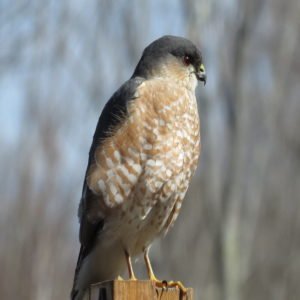
Accipiter Striatus – Sharp-Shinned Hawk

Circus Hudsonius – Northern Harrier

Aquila Chrysaetos – Golden Eagle

Buteo Jamaicensis – Red-Tailed Hawk
Owls in Nebraska
Owls are a subset of birds of prey that, with a few notable exceptions, are mostly nocturnal. They hunt through sight, using their huge forward-facing eyes, and by hearing, using their offset, sensitive ears. They have unique feathers on their wings that allow them to fly silently, making them apex predators known for surprise assaults.
There are nine species of owls in Nebraska, which are listed here along with their preferred habitats and the ideal times of year to observe these occasionally elusive but always awe-inspiring predators.
The Barn Owl, Great Horned Owl, Northern Saw-whet Owl, Long-eared Owl, Short-eared Owl, Eastern Screech Owl, Burrowing Owl, Snowy Owl, and Barred Owl are the nine owl species found in Nebraska.
Take a look at some of the stunning night birds that can be seen in Nebraska.
Other Birds of Prey
Backyard birds of Nebraska
Have you ever wondered what those birds in your Nebraska backyard are? Need assistance identifying Nebraska backyard birds?
Making bird feeders and observing what comes to visit is fun, but it’s even better if you know who they are. Find out what birds visit your feeders or jump across your lawn in Nebraska.
Summertime in Nebraska brings Robins and Western Meadowlarks, while winter brings Dark-eyed Juncos, Blue Jays, and woodpeckers.
With all of its natural beauty, Nebraska is a birder’s Mecca. Technically, it’s over 465. While we lack the space to cover all of them, we can provide a solid starting point with birds grouped by seasonal spotting times as follows: Year-round occupants, Spring, Summer, and Early Fall Birds.

Baeolophus Bicolor – Tufted Titmouse
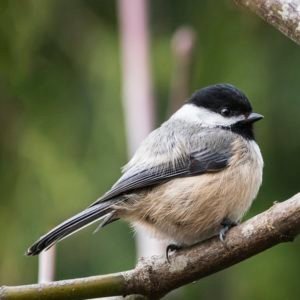
Poecile Atricapillus – Black-Capped Chickadee

Spizelloides Arborea – American Tree Sparrow
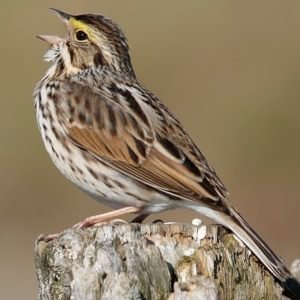
Passerculus Sandwichensis – Savannah Sparrow

Chondestes Grammacus – Lark Sparrow
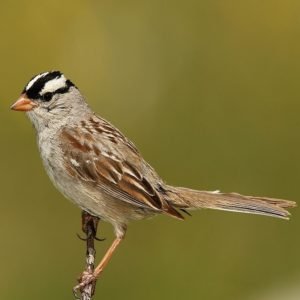
Zonotrichia Leucophrys – White-Crowned Sparrow

Spizella Passerine – Chipping Sparrow

Junco Hyemalis – Dark-Eyed Junco
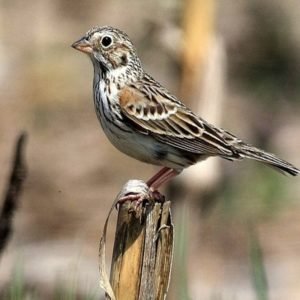
Pooecetes Gramineus – Vesper Sparrow

Mimus Polyglottos – Northern Mockingbird

Toxostoma Rufum – Brown Thrasher

Passer Domesticus – House Sparrow

Icteria Virens – Yellow-Breasted Chat
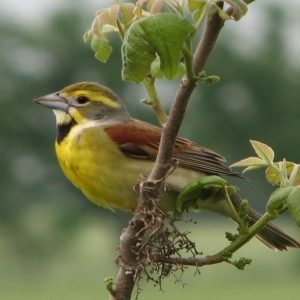
Spiza americana – Dickcissel

Passerina Cyanea – Indigo Bunting

Passerina Versicolor – Varied Bunting

Passerina Amoena – Lazuli Bunting

Cardinalis Cardinalis – Northern Cardinal

Piranga Ludoviciana – Western Tanager
Woodpeckers of Nebraska
Nebraska is well-known for its extensive outdoors. As a result, it is home to 13 identified species of woodpeckers, four of which are permanent residents of the state. Others have been documented to migrate at various times of the year, and spotting woodpeckers in Nebraska is rather straightforward if you know where to look.
Make sure to read all the way to the end, as we’ll discuss ways to attract woodpeckers to your yard.
Best Birdwatching Spots in Nebraska
The majority of people feel little romance in a land devoid of massive snow-capped mountains and densely forested areas. However, Nebraska does feature one of the most diverse and complex ecologies on the planet – prairie. Only traces of eastern Nebraska’s once-vast tall grass prairie survive. However, when you go west throughout this enormous state, you’ll see mixed-grass grassland that gives way to the panhandle region’s short grass prairies.
Nebraska ranks sixth in the US for bird species. In 1995, Forbes magazine ranked Grand Island, Nebraska as the world’s best birding location.
Nebraska is separated into eastern and western bird species at the 100th meridian. Additionally, the state has two important migratory flyways that transport a variety of migratory birds to their summer nesting areas. To the east, the Missouri River Valley stretches the length of the state. Indian Cave State Park, DeSoto Bend, and numerous other locations along the river serve as good bird refuges.
Make sure that if you’re in the Nebraska area, you make time to visit these birding locations. We’ve compiled a list of the top five birding locations in Nebraska.
- Fort Morgan State Historic Site
- Dauphin Island
- Dauphin Island – Shell Mound Park
- Wheeler NWR
- Dauphin Island Audubon Bird Sanctuary
Other Nebraska birds
If you have encountered a bird in Nebraska that is not yet on our list or that you cannot identify yourself, we’ll be happy to identify it for you. Simply take a picture of it and upload your picture, a quick description and the U.S. state where it was found here on our bird identification page.

